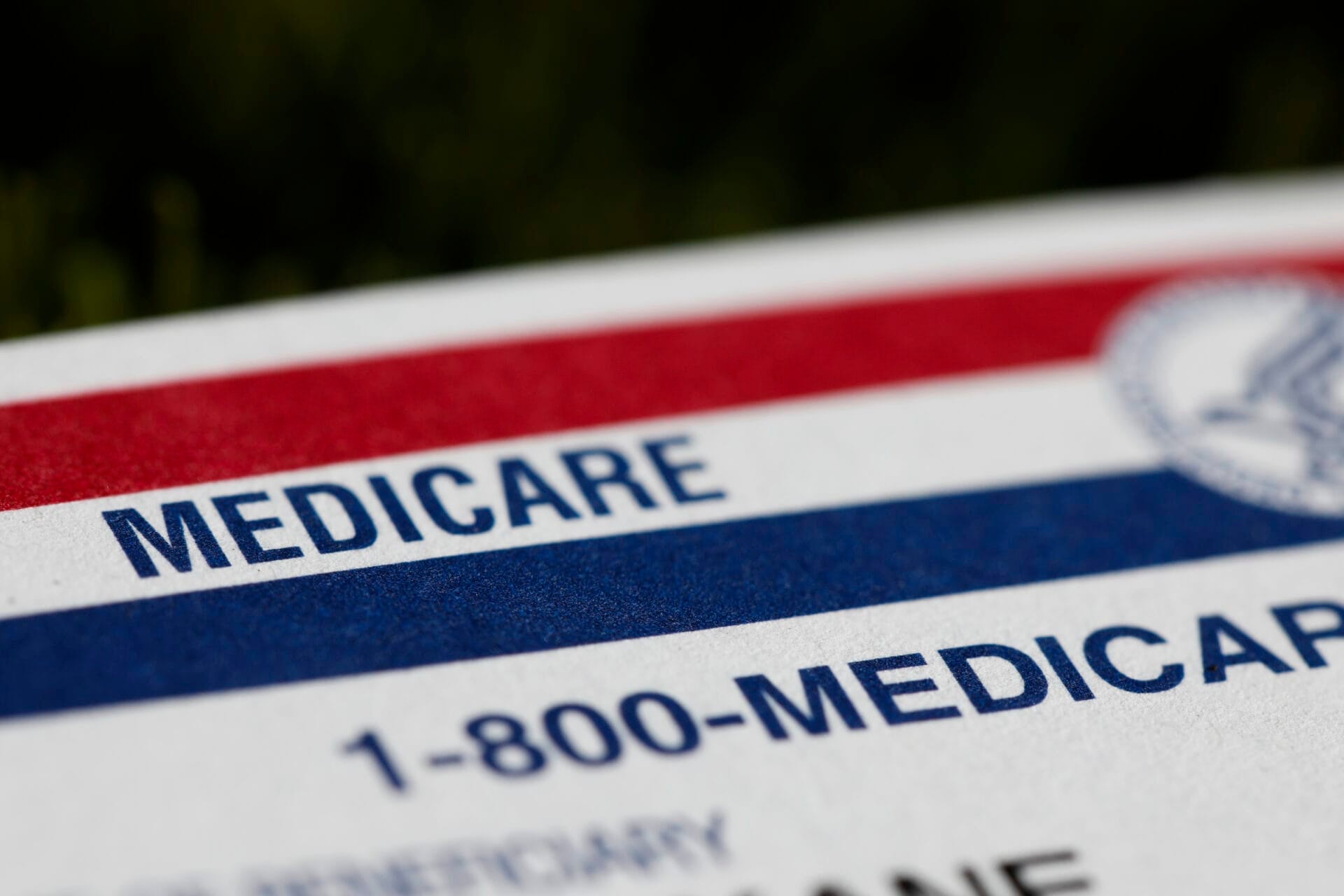AARP finds more than 70,000 Hoosier Medicare enrollees will save on prescriptions under new law
INDIANAPOLIS (INDIANA CAPITAL CHRONICLE) — Older Hoosiers with costly prescriptions may see some relief at the pharmacy next year following a new spending cap for Medicare beneficiaries. The average American who qualifies could save as much as $1,500 in out-of-pocket drug expenses, according to an analysis from AARP.
“In combination with other provisions in the 2022 drug law that will address high prescription drug prices and related costs, this change will help ensure that more Medicare beneficiaries’ have affordable access to the prescription drugs they need,” the August report concluded.

Nearly 56 million Americans receive their prescription drug coverage from Medicare Part D, including 1.1 million Hoosiers. Under the 2022 Inflation Reduction Act, out-of-pocket spending for the program’s enrollees is capped at $2,000 annually, starting in 2025.
Previously, costs for seniors could exceed $10,000 per year, especially for cancer treatment drugs, according to an analysis from KFF. Part D’s original design required Medicare beneficiaries to pay 5% of their prescription drug costs with no limit. The AARP, which advocates on behalf of older Americans, said that millions of seniors resorted to “cost-coping strategies, such as not filling a prescription or skipping doses to save money” and offset rising drug costs.
“No person should have to face unaffordable prescription drug costs year after year,” said Leigh Purvis, AARP’s prescription drug policy principal, in a story published to the organization’s website. “This new law will bring relief to so many people who have been struggling with the effects of skyrocketing drug prices.”
In order to determine how much the average American might save under the new cap, AARP commissioned consulting firm Avalere to provide an analysis. The final report excludes the “Extra Help” program for those Part D enrollees who receive a low-income subsidy to further reduce costs.
Prior to the change, championed by President Joe Biden and supported by AARP, the average program user could expect to spend $2,600 in out-of-pocket expenses in 2025. Following the passage of the Inflation Reduction Act, which also includes the $35 per month insulin cap, that anticipated spending fell to $1,100 for the average enrollee.
More on the $2,000 cap
The number of Americans — and Hoosiers — benefitting from the cap will increase between 2025 and 2029, the Avalere analysis concluded, though not every one of the 56 million Americans utilizing Medicare Part D will hit $2,000 in out-of-pocket drug costs.
Roughly 3.2 million enrollees will benefit from the cap in 2025 compared to 4.1 million beneficiaries in 2029 — all of whom fall under the “catastrophic coverage phase” of Medicare Part D. In Indiana, an estimated 70,600 Hoosiers will see a benefit from the program in the first year, growing to nearly 91,000 by 2029.

And the cap’s impact won’t be felt evenly across all demographics.
Those between the ages of 75 and 84 years of age are expected to make up nearly half, or 46%, of those who will benefit from the cap, followed by those between the ages of 65 and 74. Additionally, 1.7 million women are expected get the most from the new restriction compared to 1.5 million men.
North American Indigenous groups are more likely than any other ethnicity or race to benefit from the cap at 13.9%, followed by Black Americans at 9% and white Americans at 8.5%.
An estimated 40%, or 1.4 million, of those using Part D will see savings of $1,000 or more while 12%, or 420,000 enrollees, will see a savings of more than $3,000.
A separate analysis from KFF reported that much of the savings for individuals would be shifted to plans themselves, which will be required to pay for 20% of drugs rather than the 15% they paid before.
Other changes made to Part D include the elimination of the “coverage gap phase” of Medicare in which enrollees paid 25% of prescription costs while plans paid 5% and drug manufacturers paid 70%. Enrollees making up to 150% of the poverty level — or $19,720 for a two-person household in 2023 — and getting partial low-income subsidies will now be eligible for full benefits.
Those enrolled in Part D will also have the option to spread out-of-pocket costs out in 2024, rather than paying all at once in a particular month.
Provisions that took effect earlier include the cap on out-of-pocket costs for insulin at $35 per month as well as expanded coverage of adult vaccines like the shingles vaccine. Notably, the Inflation Reduction Act also gave Medicare the power to negotiate with drug manufacturers for lower prices on certain expensive drugs.
The Biden administration claims a total of 386,000 Hoosiers will save an average of $465 annually due to the myriad of changes included in the new law.

